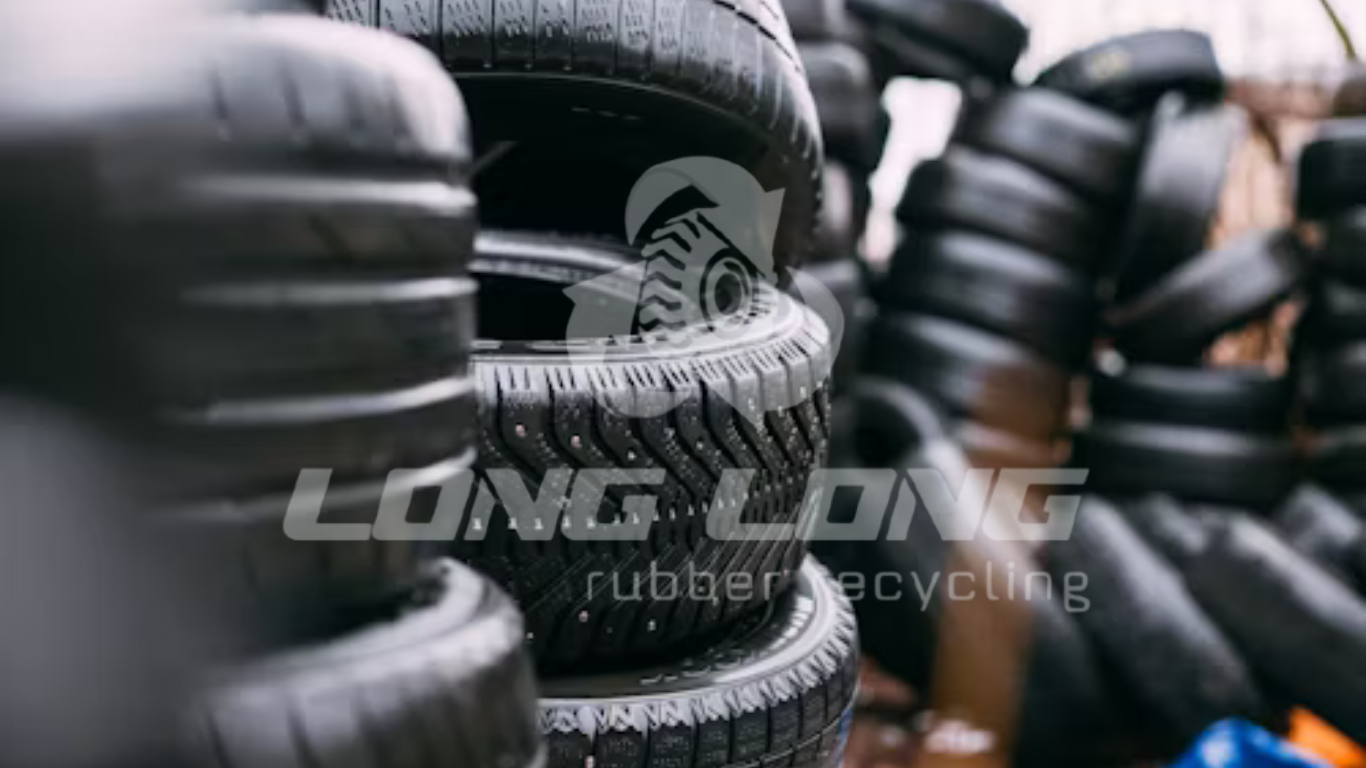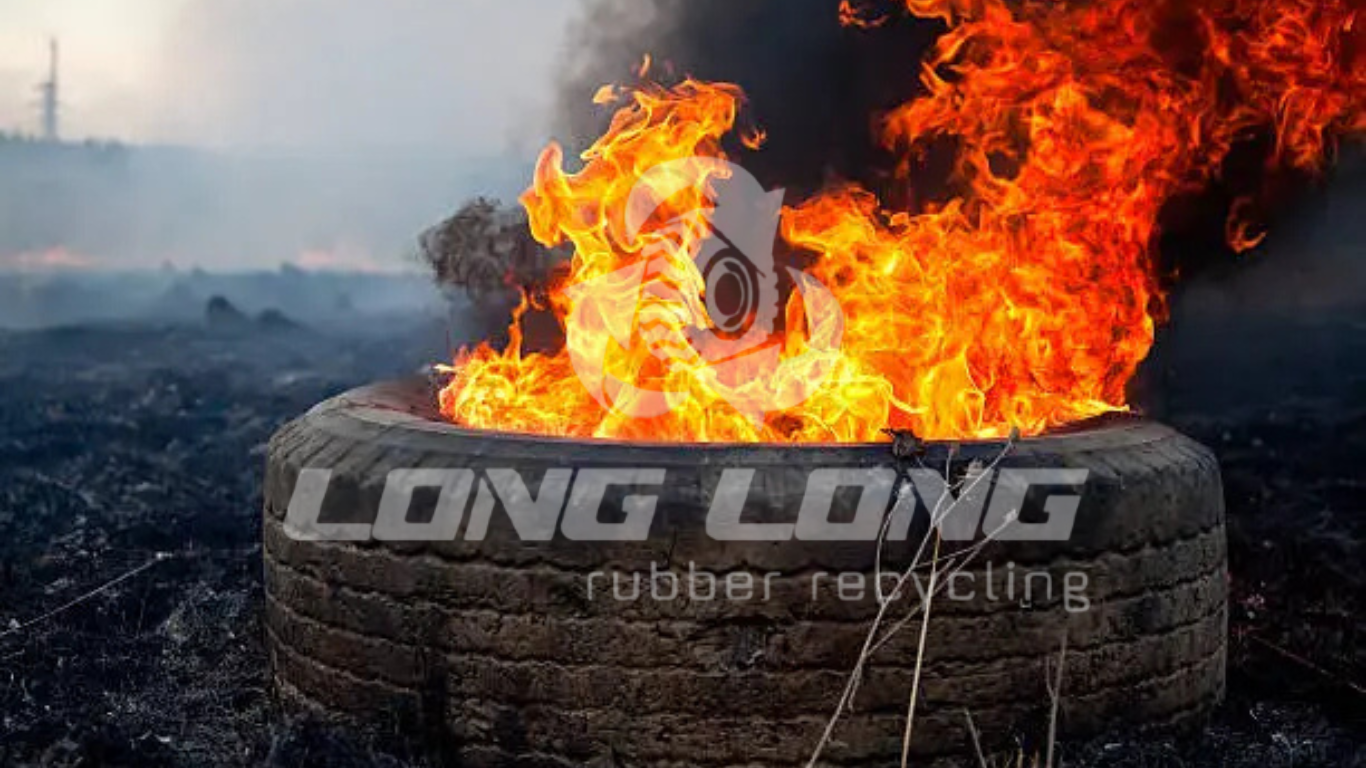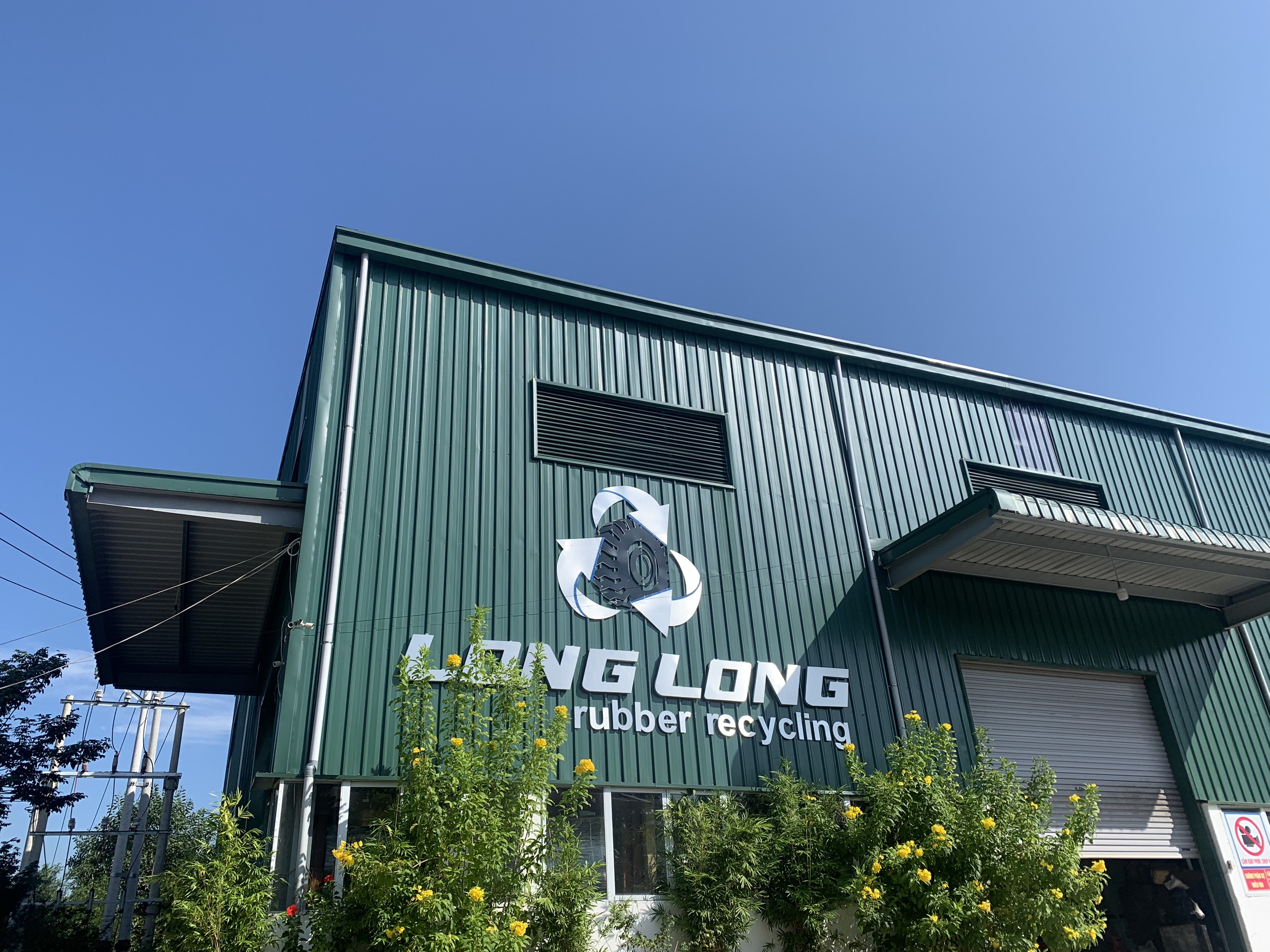End-of-life tires (ELT) are not just discarded rubber in landfills. They represent a significant social and environmental issue that demands our attention. Despite commitments to recycling and environmental responsibility, the problem of tire waste continues to grow. Globally, it is estimated that one billion ELTs are discarded annually, and this waste stream is increasing dynamically.
Why is this happening?
A Growing Tire Market
Tires are everywhere due to the rise in new automobiles. With global car production projected to reach 98.9 million units per year by 2025, the challenge of tire waste is becoming more apparent. In 2020, the European Union (EU) had 294 million passenger cars and 41 million trucks. By 2040, the world is expected to have 2 billion cars and 790 million trucks. This means more tires are being produced for these vehicles, and the issue is not going away.
Each year, millions of new vehicles hit the roads. In 2022, around 65 million cars were sold, slightly up from 68 million in 2021. India and China are key markets, with India expected to have 150 cars per 1,000 people by 2040. The rising demand for new vehicles has driven tire production worldwide.
The Result: More Tire Waste
What happens to all these tires when they are no longer in use? A significant portion—about 75%—ends up in landfills. ELTs account for nearly 2% of total global waste, posing environmental and health hazards due to improper waste management.
Each year, over 280 million tires reach the end of their life worldwide, but only a small fraction—about 30 million—are recycled or repurposed. This leaves approximately 250 million scrap tires that need proper disposal or recycling.
Consider this: In the United States alone, up to 317 million scrap tires are discarded annually—that's nine tires per second. Each year, there is effectively one new scrap tire for every person in the country.
Contribution to Ocean Pollution
The impact of tire waste extends to our oceans. It is estimated that between 75 and 199 million tons of plastic are currently floating in the ocean, with tires contributing significantly to marine pollution. As they degrade, they break down into microplastic particles, posing a severe threat to marine life and ecosystems.
A Long-Term Environmental Challenge
Like plastic bottles, which can take over 450 years to decompose, tires also degrade at an extremely slow rate. This slow decomposition means that once discarded, tires persist in the environment for centuries, creating a long-term ecological challenge.
The more cars we produce, the more tires we discard. This unsustainable cycle must change. Petroleum-based materials used in tire manufacturing are not an infinite resource. It is time to rethink our current approach to tire production and align it with circular economy principles.
How Can We Help with Tire Recycling?
At Long Long Rubber Recycling, a leading rubber recycling and rubber flooring manufacturer, we have developed sustainable products such as reclaimed rubber, recycled rubber tiles, and high-base pads. With over 12 years of experience in Vietnam, we are committed to using 100% rubber granules from truck tires and non-toxic adhesives in our production. Our products meet European quality standards and are qualified for export to demanding markets such as the UK, USA, Portugal, Sweden, New Zealand, South Korea, Japan, and more.
By embracing tire recycling, we can contribute to a cleaner, more sustainable future.
Contact us now to get durable, safe, and cost-effective rubber mats for your space!
☎ Hotline: 0987 181 838
Email: longlong@longlongchem.com





main.comment_read_more